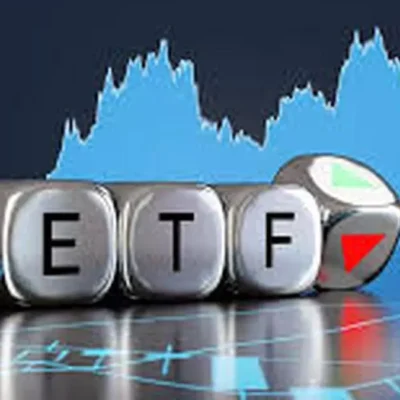One of the great dividing lines in the bond market is between fixed-rate and floating-rate debt. This difference has become especially stark since 2022, as the rise in short-term interest rates punished fixed-rate debt and buoyed floating-rate debt. While the outperformance of floating over fixed is unlikely to continue, understanding the differences can help investors get the most out of both.
Borrowers prefer to issue fixed-rate debt. Take the homeowner who locked in a 30-year mortgage rate of 3% in 2021. The cost of that same mortgage rose to roughly 7% by November 2022. On the other hand, a borrower that issued floating-rate debt in 2021 saw its cost of interest rise throughout 2022, making paying that debt more expensive—just like a homeowner who took out a low adjustable-rate mortgage in the early 2000s before their rate quadrupled a few years later as the housing crisis got going.
For this reason, corporate issuers of floating-rate debt typically only do so because their credit rating is too low to issue fixed-rate debt; the market demands a floating rate in compensation for bearing the risk that the corporation may default.
While floating-rate debt can be onerous for the issuers of that debt, it can be very lucrative for investors to own, especially when interest rates are rising. As short-term rates rise, so too does the income received by the owners of this debt. That extra income softens the impact of those rising rates, and as a result, floating-rate debt has low to zero duration, or interest-rate risk.
This dynamic was on display in 2022. That year, the typical bank-loan mutual fund lost just 2.5%, while the average high-yield bond fund lost 10%, and the average intermediate core bond fund lost over 13%. Over the trailing three years through January 2025—a period characterized by high interest-rate volatility—the bank loan Morningstar Category gained 6% annualized, compared with a 4% return for the high-yield bond category (its closest competitor) and a 1.5% loss for intermediate core bond funds.
Yields tell a similar story. The trailing 12-month yield of T. Rowe Price Floating Rate PRFRX was 3.9% as of January 2022, compared with 5.3% for T. Rowe Price High Yield PRHYX. But the punishing rise in rates that began later that year pushed up floating-rate yields more than fixed-rate yields, and by February 2025, the trailing 12-month yield on the Floating Rate fund was 7.9% compared with 6.6% for the High Yield fund.
However, floating-rate debt is less attractive when rates are stable or falling. The longer rates are stable at a high level, the more onerous those ongoing interest costs become for borrowers. Think back to the pressure homeowners felt when their adjustable-rate mortgages adjusted to a much higher level or how expensive new mortgage payments were in 2023 versus 2021.
Meanwhile, if interest rates fall, that floating-rate debt will likewise see income payments fall, which makes them less attractive to investors. For example, from January 2019 through December 2020—a period when short-term rates were stable or falling—T. Rowe Price High Yield gained 9.7% annualized, 467 basis points better than T. Rowe Price Floating Rate.
The fixed versus floating debate is about finding the right balance, not deciding which is better. Consider the current environment. The bond market expects the Federal Reserve to keep rates stable or to cut rates by at least 25 basis points in 2025, with a 0% probability assigned to higher rates. If that is how it actually plays out, it argues in favor of fixed-rate debt. But floating-rate debt continues to offer an income advantage (for now) and may hedge the risks of unexpected inflation that would force the Fed back into a hiking cycle.
This article first appeared in the March 2025 issue of Morningstar FundInvestor. Download a complimentary copy of FundInvestor by visiting this website.





